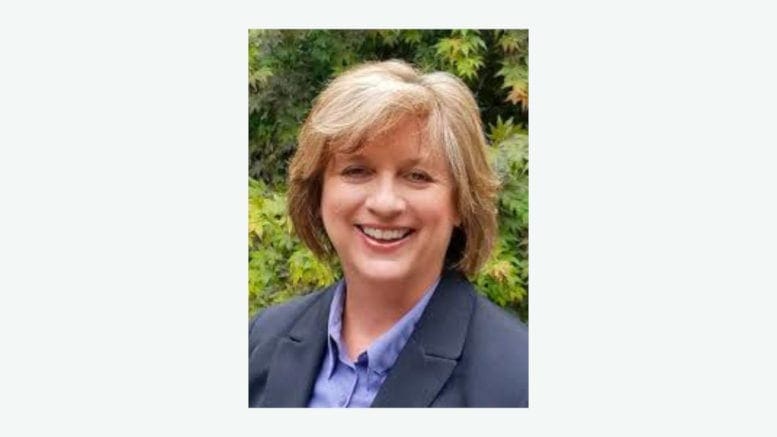By Melanie Dallas, LPC
There is a lot that people should understand about alcohol use disorder (AUD), but the most important is that individuals with AUD can recover. Like all behavioral health conditions, including mental illness and other substance use disorders, AUD is a disease – and like other diseases, our knowledge about what may cause it and how it can be successfully treated continues to increase. As we recognize April as National Alcohol Awareness Month, it is also important to understand some of the behaviors that characterize alcohol use disorder, and where people can find help.
Most treatment professionals now prefer the term alcohol use disorder (AUD) to describe drinking behaviors that may be or may become problematic. AUD does not describe a person. According to the National Institute on Alcohol Abuse and Alcoholism (NIAAA), AUD is a medical condition characterized by an impaired ability to stop or control alcohol use despite adverse social, occupational, or health consequences. In other words, at its most basic, AUD can be understood as drinking behaviors that cause negative consequences – regardless of how often or how much is consumed.
Certainly, drinking behaviors that cause problems for one person may not have the same consequences for another person. But the bottom line is, the more alcohol any individual consumes, the more likely he or she is to experience negative effects from drinking, and to develop an AUD (which can describe alcohol abuse, alcohol dependence, and alcohol addiction).
Toward that end, NIAAA has developed a list of 11 symptoms of alcohol use disorder. If you drink alcohol, regardless of how you perceive your drinking, it is worthwhile to review this list and honestly assess your own behaviors and feelings regarding alcohol use.
In the past year, have you:
- Had times when you ended up drinking more, or longer, than you intended?
- More than once wanted or tried to cut down or stop drinking but couldn’t?
- Spent a lot of time drinking, being sick from drinking, or getting over other aftereffects?
- Wanted a drink so badly you couldn’t think of anything else?
- Found that drinking, or being sick from drinking, often interfered with your responsibilities for your home, family, job or school?
- Continued to drink even though it was causing trouble with your family or friends?
- Given up or cut back on activities that were important or interesting to you in order to drink?
- More than once gotten into situations while or after drinking that increased your chances of getting hurt?
- Continued to drink even though it was making you feel depressed or anxious, or after having an alcohol-related memory blackout?
- Had to drink much more than you once did to get the same effect?
- Found that when the effects of alcohol were wearing off, you had withdrawal symptoms such as trouble sleeping, shakiness, restlessness, nausea, sweating, racing heart, feeling low or a seizure?
According to NIAAA, doctors diagnose an AUD when an individual has two or more of the symptoms above; the more symptoms an individual has, the more severe the AUD. According to the 2019 National Survey on Drug Use and Health, nearly 15 million people ages 12 and older had AUD.
But NIAAA also notes that no matter how severe the problem may seem, evidence-based treatment with behavioral therapies, mutual-support groups, and/or medications can help people with AUD achieve and maintain recovery.
If you are concerned about your alcohol consumption, or that of a friend or family member, there are many resources available in your community that can help. While Highland Rivers can provide treatment and support for AUD, most family doctors can recommend treatment resources as well. In addition, almost every community has local 12-step groups, often several. One of the most important facts to understand is that having an AUD is not a moral failure. AUD is a disease, it can be treated, and individuals with AUD can recover.
Melanie Dallas is a licensed professional counselor and CEO of Highland Rivers Behavioral Health, which provides treatment and recovery services for individuals with mental illness, substance use disorders, and intellectual and developmental disabilities in a 13-county region of northwest Georgia that includes Bartow, Cherokee, Cobb, Floyd, Fannin, Gilmer, Gordon, Haralson, Murray, Paulding, Pickens, Polk and Whitfield counties.
